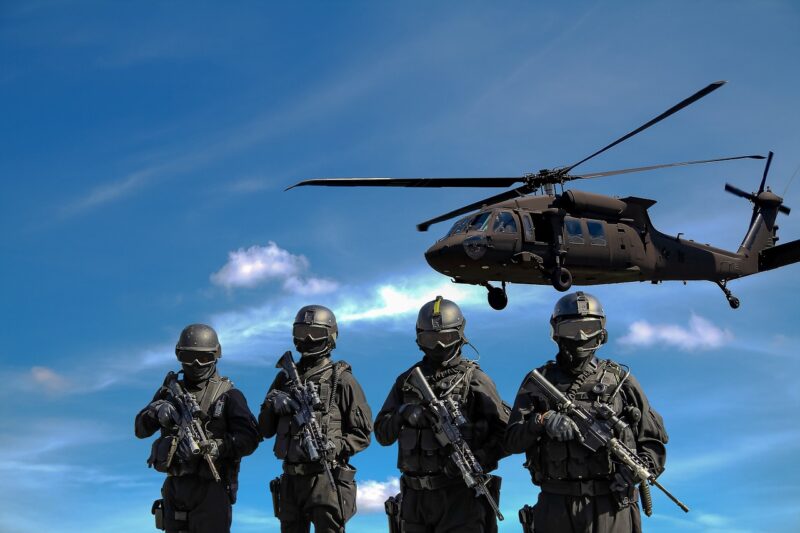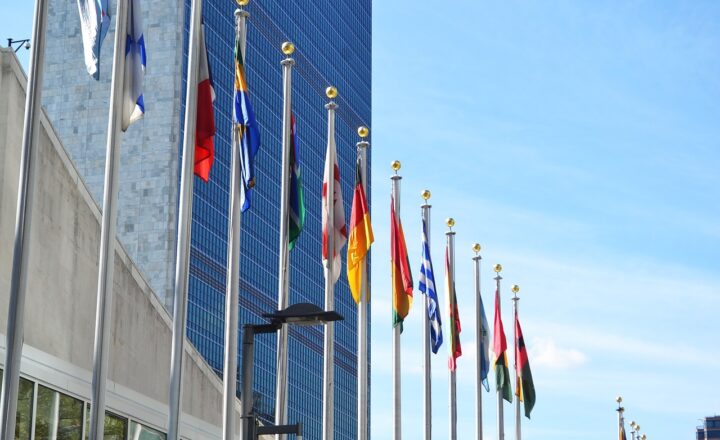Why Some Weapons Are Illegal: A Look at International Bans
November 11, 2024

The proliferation of various weapons has always been a point of contention and intrigue across the globe. Global conflicts, terrorism, and human rights violations often spark heated debates on weapon legality. While some weapons are widely accepted and used, others are strictly banned or faced with tough regulations; these differences prompt an examination of the reasons behind such international bans.
1. Historical Context of Weapon Regulations
Understanding why certain weapons are illegal requires us to delve into the historical context of weapon use and regulation. The history of warfare has seen countless innovations in weaponry, leading to extensive destruction and suffering. After both World Wars, the international community recognized a dire need for regulation to prevent the atrocities of war from repeating. This understanding birthed numerous treaties, conventions, and discussions centered around the legality of certain weapons.
The World War era catalyzed a realization of the detrimental effects of advanced weaponry, leading to agreements like the Geneva Conventions which outlined humanitarian principles aimed at protecting non-combatants and restricting the use of certain weapons, especially during conflicts. As technology advanced, so did the discussions surrounding legal weaponry, leading to more contemporary treaties.
2. Types of Weapons That Are Illegal
Several categories of weapons are internationally prohibited or strictly regulated. These bans vary by region and depend significantly on international treaties and agreements. The following are notable examples of illegal weapons:
- Chemical Weapons: The Chemical Weapons Convention (CWC) of 1997 seeks to eliminate chemical weapons entirely. With the horrific historical use of chemical agents like sarin and mustard gas, the international community strongly condemned their use, leading to this widespread ban.
- Biological Weapons: Similar to chemical weapons, biological weapons are banned under the Biological Weapons Convention (BWC) of 1975, which prohibits the development, production, and stockpiling of biological agents that can cause harm.
- Anti-Personnel Landmines: The 1997 Ottawa Treaty forbids the use, production, and transfer of anti-personnel mines due to their indiscriminate nature and long-lasting dangers to civilians. Many countries have implemented extensive programs to remove existing landmines.
- Cluster Munitions: The Oslo Treaty of 2008 contributed to a global ban on cluster munitions, acknowledging their potential for widespread civilian casualties and long-term dangers.
3. Ethical Considerations
The ethical implications surrounding weapon bans are pivotal in understanding the legal landscape. Weapons that indiscriminately target civilians or cause unnecessary suffering are deemed unethical. This has influenced the establishment of legal frameworks to protect human rights and uphold humanitarian standards during conflicts.
Humanitarian organizations and movements advocate for restrictions or bans on specific types of weaponry, compelling governments to take action to safeguard the fundamental rights of civilians. The impact of any weapon on human life and its potential for causing suffering are crucial facets in international discourse.
4. Geopolitical Factors
International relations greatly influence the legality of weaponry. Nations often engage in the production, trade, and utilization of weapons based on resource interests and security concerns. Geopolitical tensions can lead to countries pursuing weapons deemed illegal by the global community. Power dynamics dictate which nations enforce bans, often determining compliance based on self-interest.
Countries with the resources to develop advanced weaponry can resist pressures for bans or limit enforcement. Additionally, nations at war may turn a blind eye to the usage of illegal arms to gain strategic advantages, complicating international efforts towards disarmament.
5. The Role of International Organizations
Organizations such as the United Nations (UN) and the North Atlantic Treaty Organization (NATO) play essential roles in weapon regulation advocacy. The UN, particularly through its Disarmament Committee, addresses the concerns regarding weapons that threaten peace and security. These organizations invite dialogue among nations to foster agreements on arms control and disarmament.
The enforcement of treaties and bans requires cooperation from all member states. However, compliance can be slow, requiring ongoing diplomatic efforts, transparency, and a commitment to promote security and peace. Education on the implications of illegal weaponry is vital, compelling countries towards adherence to international norms.
6. Conclusion: The Path Forward
The illegality of certain weapons is a collaborative effort that stems from historical lessons, ethical considerations, and geopolitical realities. Discussions surrounding weapon bans must continue, incorporating diverse perspectives and fostering cooperation among international bodies and nations.
As new forms of weaponry develop, ongoing monitoring and dialogue will be crucial. The global community must continuously engage in discussions on the necessity for regulations to protect human lives and maintain social order, ensuring the future of conflict is managed humanely.
By studying past and present weapon regulations, society can move towards a safer future, where the priority remains on human rights and peace rather than on the proliferation of arms.





